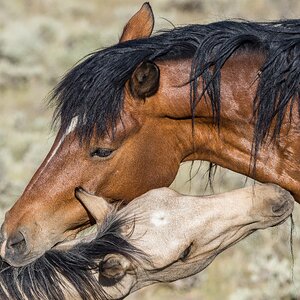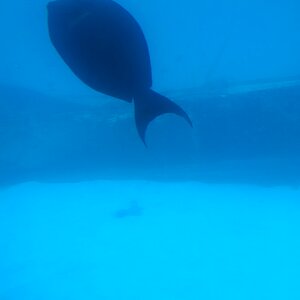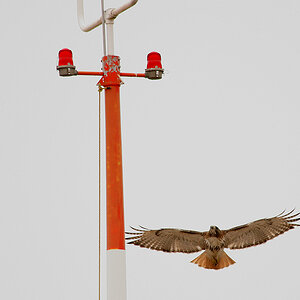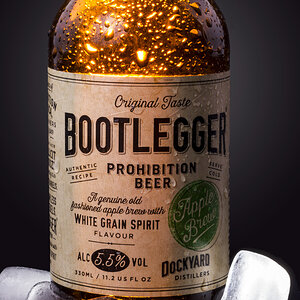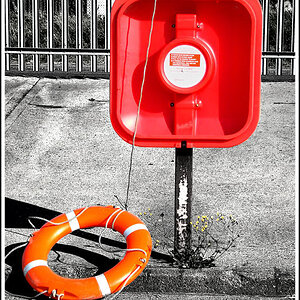Hi
I'm checking the Nikkor 50mm f/1.4
There some used Nikkor lenses that just say:
Nikon 50 1.4 Ais Lens
or
Nikon 50 1.4 Ai Lens
I mean... what the..., which of the 1.4D AF and 1.4G AF-S is it?
Does "Ais" means that is the 1.4G AF-S ?
Does "Ai" means also the 1.4G AF-S ?
I searched what AiS means but I haven't yet found it, I'll keep looking
I'm guessing that if is a Nikkor50mm 1.4 it only can be one of these two right?:
1.4D AF or 1.4G AF-S
I have never bought used lenses before.
A used 50mm 1.4 Ais (suposedly excelent condition) for 150.00usd is good right? if it happens to be the AF-S I supose.
Any opinion?
thank you
http://www.adorama.com/US 354784.html
I'm checking the Nikkor 50mm f/1.4
There some used Nikkor lenses that just say:
Nikon 50 1.4 Ais Lens
or
Nikon 50 1.4 Ai Lens
I mean... what the..., which of the 1.4D AF and 1.4G AF-S is it?
Does "Ais" means that is the 1.4G AF-S ?
Does "Ai" means also the 1.4G AF-S ?
I searched what AiS means but I haven't yet found it, I'll keep looking
I'm guessing that if is a Nikkor50mm 1.4 it only can be one of these two right?:
1.4D AF or 1.4G AF-S
I have never bought used lenses before.
A used 50mm 1.4 Ais (suposedly excelent condition) for 150.00usd is good right? if it happens to be the AF-S I supose.
Any opinion?
thank you
http://www.adorama.com/US 354784.html


